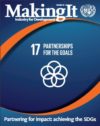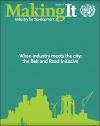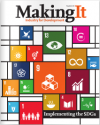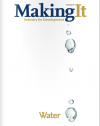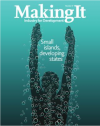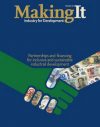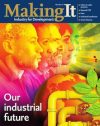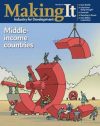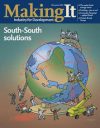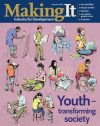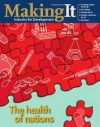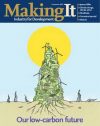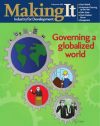A quarterly magazine “MakingIt Industry for Development N.25”
The contribution of industrialization to the 2030 Agenda is most directly recognized in the progress that nations are making on Sustainable Development Goal (SDG) 9. However, the multiplier effect of industrialization on all other areas of development will contribute to the achievement of the SDGs in their entirety.
SDG 17 on partnerships is central to the realization of all the SDGs and is also at the core of achieving inclusive and sustainable industrial development. Partnerships are intrinsic for trade capacity development, technology transfer, finance for development, and private sector involvement.
Indeed, the implementation of the SDGs requires partnerships with a strong country ownership and the alignment of inclusive and sustainable growth policies, public and private investments and societal goals. Only this combination will allow the high-impact services that the international community can bring to support nations in their progress towards 2030.
This issue features;
・A low-carbon economy: technologically possible, economically attractive – Jenny Bofinger-Schuster on joint action on climate change, and Siemens’ contribution to that effort
・Helping drive modern, competitive and inclusive industry in Peru – Petra Schwager talks about UNIDO’s new assistance package, the Programme for Country Partnership, now being implemented in Peru


